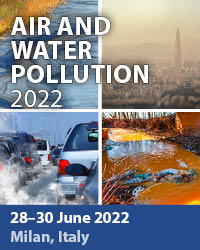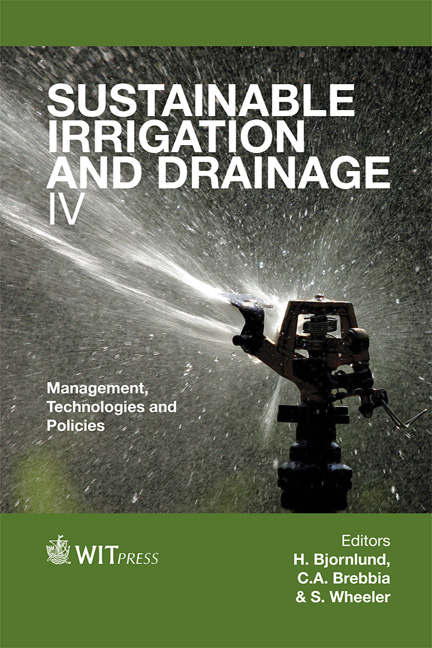Volumetric Conversion Of Allocations: A Means To An End Or An Important Process In Its Own Right?
Price
Free (open access)
Transaction
Volume
168
Pages
11
Page Range
391 - 401
Published
2012
Size
468 kb
Paper DOI
10.2495/SI120341
Copyright
WIT Press
Author(s)
M. A. Skewes & R. Carruthers
Abstract
Volumetric allocation of irrigation water is government policy in South Australia. All newly prescribed water resources are allocated volumetrically. Irrigation licences existing prior to implementation of the policy are being converted to volumetric allocations. The desired outcomes of a successful allocation conversion process are a good matching between resource availability and allocated licence volumes, and minimal legal challenges to the new system. Achieving these dual outcomes can be extremely challenging, but is critical to the sustainability of irrigation in the region. The Limestone Coast volumetric conversion process encapsulated around 2,500 water licences, covering about 6,000 groundwater bores and an allocated equivalent volume of over 630,000 megalitres from two regional aquifers. The conversion process employed a range of activities, and took over 4 years to develop. The community response to the conversion process strongly suggests that the considerable effort and resources expended to do this job thoroughly and equitably was well worthwhile, and further, augers well for the ongoing sustainability of irrigation in this region. Keywords: volumetric conversion, water allocation, irrigation licences, community consultation, groundwater.
Keywords
volumetric conversion, water allocation, irrigation licences, community consultation, groundwater.





